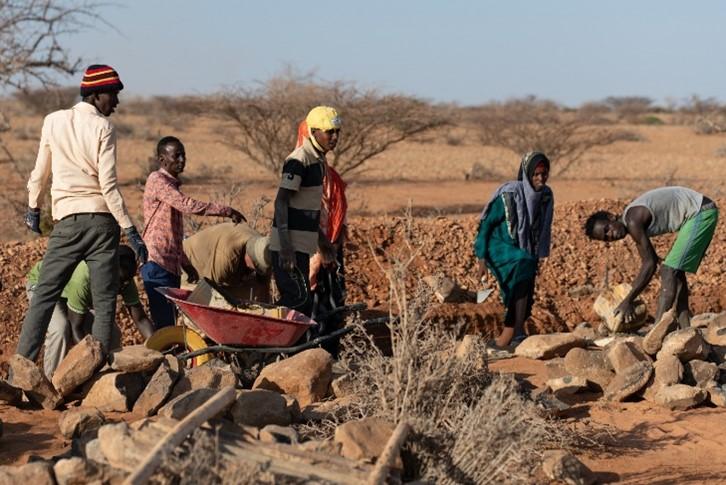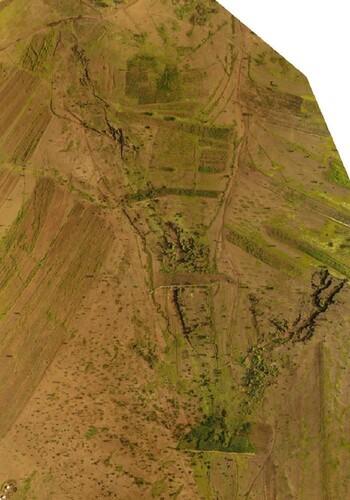Context
The Somali Region is one of the least developed areas in Ethiopia. Its estimated population is approximately six million people, which is about six per cent of the Ethiopian population. The rural population is mostly made up of pastoralists and agro-pastoralists. Economic and social systems have been well adapted to the local conditions for centuries. However, they are being subjected to unprecedented pressure due to population growth and the impacts of climate change. These mainly manifest in the increasing frequency and severity of droughts and floods. Overgrazing, erosion, deforestation, loss of soil fertility and increasing conflicts over resources are major challenges to maintaining the traditional way of life. For development strategies, the specific characteristics of the semi-mobile lifestyles and the harsh ecological lowland conditions remain a challenge.
Objective
The pastoralist and agro-pastoralist communities together with state and non-state actors are becoming more resilient to the impacts of drought.

